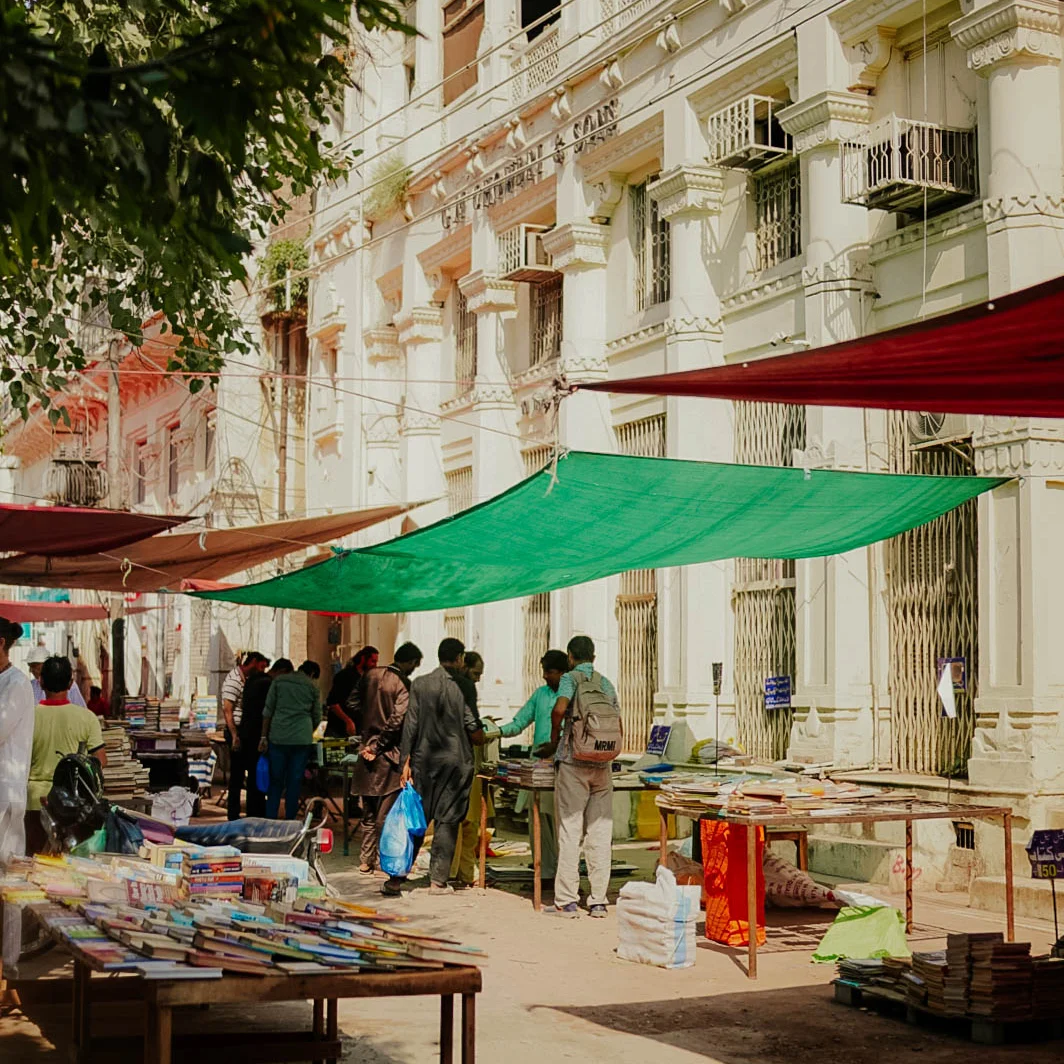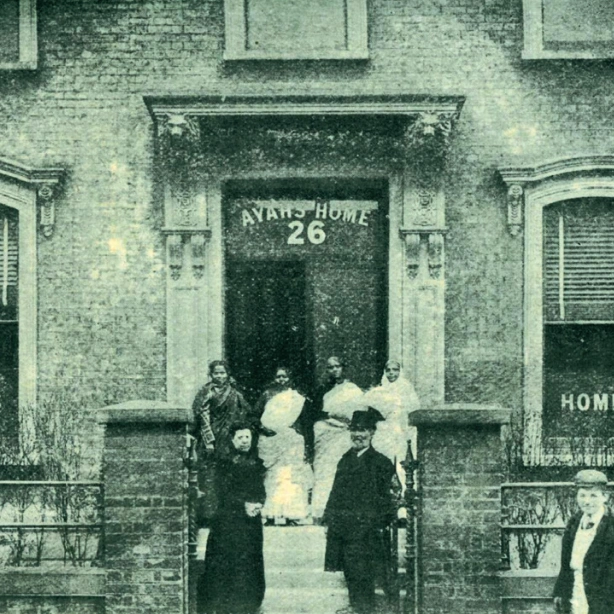On good days, my side of Punjab smells like freshly cut hay, gleams a burnished gold and frolics with you in the rain. Lahore, in particular, smells like a heady mix of tuberose and desi gulab, laced with the chaos of a 5000-year-old city. But we have learned to hate what we historically smell like. We have learned to hate far too many parts of our most natural, indigenous self. We have learned to hate our language, now considered primitive and crass, and we have learned to hate our daughters, our larger-than-life daughters.
Consider this: the greatest heroine of Punjab is Heer, from the famous tale of Heer Ranjha, a tale retold many times in every era over the centuries and, the Punjabi literati would argue, best told by Waris Shah. For me, growing up, the most influential version was the 1970 Pakistani film Heer Ranjha. My father must have watched that VCR tape at least a few hundred times; Sun Wanjhli di Mithri Taan by Madam Noor Jahan remains one of my favourite songs. This film by director Masood Parvez and other film adaptations are loosely based on Waris Shah’s epic written in the 1700’s. In every retelling of this tale, the archetype of Heer is a bold, vivacious jutti, a woman out of everyone’s league. This woman roams freely around her village with her posse of equally feisty girlfriends. Heer falls in love with Ranjha. Ranjha is a buffalo-herding, bansuri-playing soft guy, who is later revealed to be Ranjha of Takht Hazara. He is in fact the son of a chief but has left his village over a dispute with his brothers, choosing to instead be employed as a buffalo herder in Heer’s village. Their love is opposed by Heer’s family, particularly her cunning uncle Qaido, and this leads to pandemonium. In every film, Qaido poisons Heer in the name of honour, and one is left with the lesson that the end of so-called ‘bold’ women is inevitably tragic in our society.

What we as a society seem to have collective amnesia over is the fact that in the tale written by Waris Shah, which every film claims to be an adaptation of, not only does our heroine not die, but is able to create a wonderful life for herself and Ranjha. Writers and poets allude to this as ‘Prem Nagar’ - the city of Love - an idyllic refuge for those looking for freedom. In fact, the early tellings of the story, written centuries ago, aren’t even called Heer Ranjha; they are simply called Heer. The Heer by Shah is called Heer Waris Shah and the Heer written before him by Damodar is called Heer Damodar. What we now consider to be a tragic love story was in fact written as a codex for the Punjabi woman.
The ties of every Punjabi woman to Heer runs deep. She is us; we are her. It is deeply telling of our society, then, that in only a few decades we have managed to shift the core focus of this tale to just the romance within, and reduced it to a morality tale with the lesson that the fate of a strong headed woman is always tragic. Unfortunately, I am unable to read the primary texts in Punjabi, and so relied on discussions with my friend Uzma Ashraf, a theatre artist who lives and breathes Heer in her practice.

This undoing of Heer has clear parallels to our domestic lives and contemporary Punjabi society. The Punjabi man of the last several decades has been aggressive in both iconography and real life - a far cry from our beloved protagonist Ranjha, who is gentle, soulful, devoted. This aggression has demanded submission from our mothers and sisters. Apparently, over the years, some have even demanded that Heer Waris Shah be removed from the post-graduate Punjabi Literature curriculum altogether to “safeguard” the minds of young women. This state of affairs makes one wonder: how did we get here in the last 250 odd years since Shah wrote Heer?
The causes are complex, but we can definitely attribute many of these shifts to colonialism. To be able to successfully colonize and plunder the subcontinent, the British had to introduce a shift in the socio-cultural paradigm. Power dynamics had to be restructured, and cultural controls had to be introduced. One of the most visible effects of this shift can be witnessed in the treatment of our courtesans and musicians in the last century. Once established as the keepers of knowledge and drivers of culture, the tawaif was reduced to a prostitute and the marasi was reduced to a roadside beggar. Lahore’s Heera Mandi, once a district of art and cultural education, was reduced to a sprawling neighborhood of brothels that needed to be completely abolished.
The brutality of Punjab’s division often gets glossed over, hidden under data. So, we only talk about things in quantitative terms, another colonial inheritance. Data estimates that 2 million people were killed during the partition, with most of the violence taking place in Punjab, Bihar and Bengal. When a land historically united in every aspect gets sliced down the middle, it is bound to be a bloody affair. Stories of women jumping to their deaths in water wells to escape being raped and maimed by their neighbours, and trains full of corpses haunt many families in Punjab to this day. The trauma runs deep; our bodies carry this violence, and our women have been suffering the brunt of it in shame and silence.
The division of Punjab has also resulted in a loss of knowledge, knowledge that makes a body whole. Absent these missing pieces, Punjab is a fractured, vulnerable body. Historically, the now Indian Punjab with its upward shape was called Charhda Punjab or rising Punjab, and the now Pakistan side of Punjab was called Lehnda Punjab akin to a setting sun. Sikhi, for example, as a code of conduct arose from the rhythm of this land. Lehnda Punjab not only lost Sikhi, but also lost its Sikh inhabitants, along with the Gurmukhi script.
The result of forcibly shifted cultural mores, a tangible division of the land, and the accompanying incalculable loss of knowledge, is a deeply traumatized and confused people. While our history and literary legacy indicates that we know the value of an opinionated and headstrong woman, the outsize influence of centuries of imperialistic forces have left us confused. The British introduced a strict cataloguing system to a deeply fluid people. 76 years later, we still love our Fair and Lovely-s.
If Heer can be rewritten and adapted to reflect what our society has become now, then perhaps we can go back to its origins to transform our society into something other than what it has become. Stories, it seems, have prophetic powers. Can we be the kind of society where Heer gets to live? A place where there is harmony between Heers and Ranjhas? And most importantly, what work do we have to do to get there? Perhaps our Punjab can’t quite be Prem Nagar, but there is nothing to lose and everything to gain if we do try to be.





